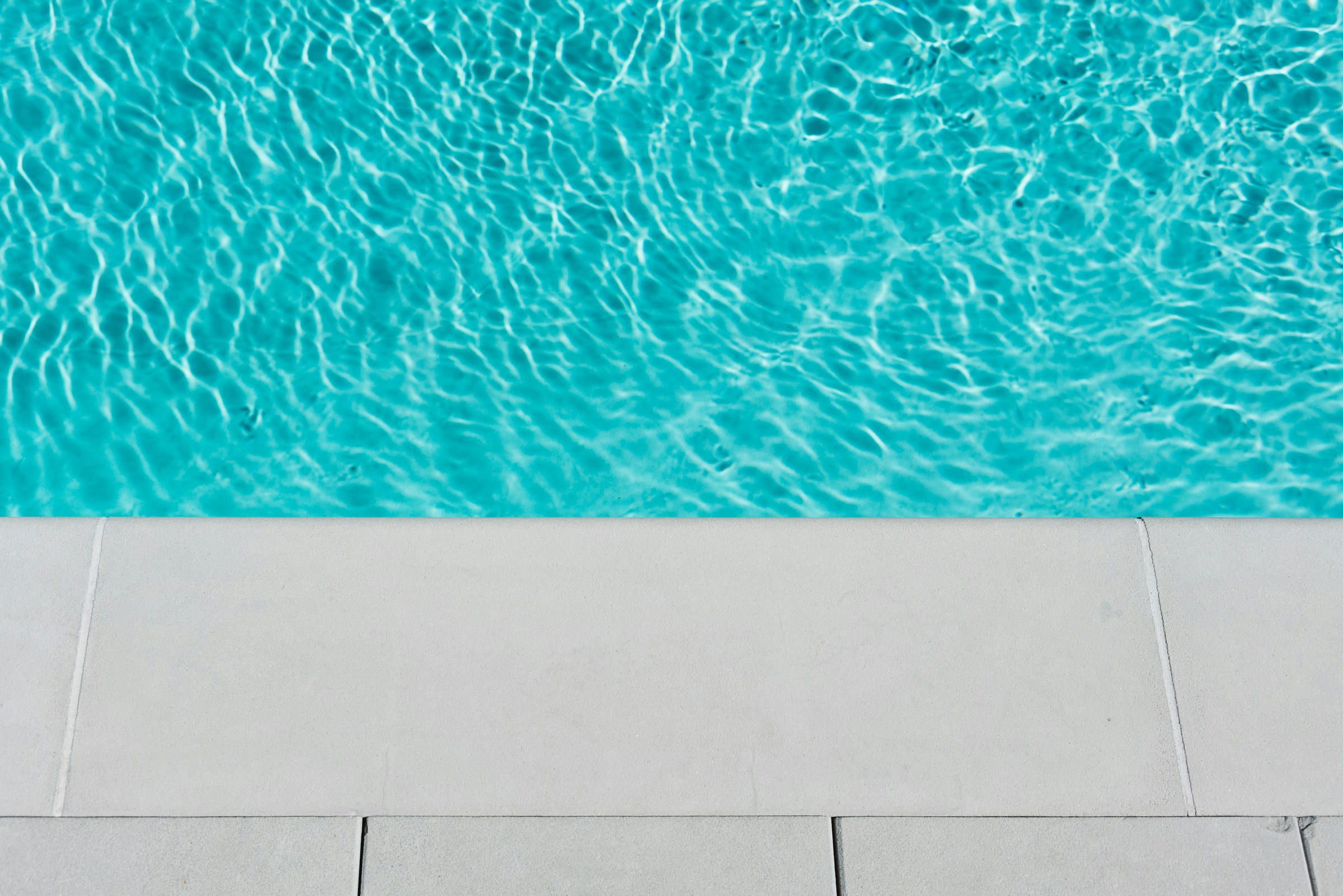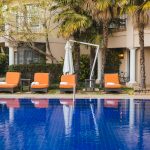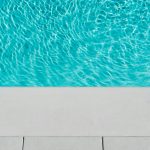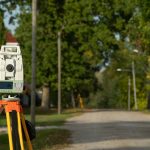Return jets are an essential part of the pool that ensures proper water circulation. They are the conduits through which clean, treated water is reintroduced into the pool. The placement of these jets is of utmost importance, as it directly impacts the efficiency of the circulation system. In the context of the UK, where indoor and outdoor pools are common, a well-optimized jet placement can save energy, reduce the risk of stagnant water, and maintain a constant pool temperature. Let’s delve further into the importance of optimizing the placement of return jets for an improved water circulation system.
Understanding the Function of Return Jets
Before diving into return jet placement, let’s first understand what return jets are and why they’re crucial. They are inlets in the pool’s walls where water, after undergoing filtration and treatment, re-enters the swimming pool. Essentially, they contribute to the pool’s circulation process, along with skimmers, drains, and other components.
En parallèle : What are the key design considerations for an infinity pool in a UK coastal home?
Return jets are responsible for preventing stagnant zones in the pool. By directing the flow of water, they ensure that all areas of the pool are reached, thereby preventing the build-up of algae and bacteria. Not only do they help in maintaining water clarity, but they also facilitate even distribution of chemicals and heat.
The Science Behind Optimizing Return Jet Placement
The science behind optimizing return jet placement centers on maximizing the efficiency of water circulation. This involves strategic placement of jets and the angle at which they’re pointed.
A découvrir également : How do you prepare your UK home swimming pool for a long-term closure?
Placement
When it comes to placement, the novice thought might be to place return jets at the pool’s deepest point. However, this is not necessarily the best strategy. Ideally, the jets should be placed along the pool’s length, evenly spaced. This ensures that the water flow reaches all areas of the pool, thus reducing the likelihood of stagnant spots.
Angle
Another critical aspect to consider is the angle at which the return jets are pointed. A right angle (90 degrees) to the pool wall can create a strong current, which might not be comfortable for swimmers. Instead, the jets should be angled downward slightly, at about a 45-degree angle. This promotes better mixing of water and chemicals while ensuring a more comfortable swim.
Best Practices for Return Jet Placement
Adopting some best practices for return jet placement can drastically improve the circulation of water in your pool. These practices are not fixed rules but guidelines that can help yield optimal results.
Return Jet Number
The number of return jets required for a pool depends on its size. For most residential pools, two to three return jets are sufficient. However, larger pools may require more.
Avoiding Dead Spots
Dead spots are areas in a pool where water does not circulate well. To avoid this, return jets should be placed in such a way that they direct water towards the pool’s skimmers.
Alternate Jet Direction
Another way to improve circulation is by adjusting some return jets to point in one direction and others in the opposite direction. This creates a circular flow of water, ensuring even distribution of chemicals and heat.
Importance of Regular Maintenance of Return Jets
In an ideal world, perfect placement of return jets would result in efficient pool circulation without any further intervention. However, regular maintenance is necessary to ensure that the jets continue to function optimally.
Over time, return jets can become clogged due to debris or scale build-up. This can hinder water flow, rendering your thoughtful return jet placement moot. Regular cleaning and inspection of return jets can prevent this issue.
Additionally, the O-rings in return jets can wear out over time, causing water leaks. Regular checks will allow you to spot and replace worn-out O-rings, helping you maintain an efficient circulation system.
In summary, optimizing the placement of return jets can significantly improve the water circulation in a UK pool. By understanding the function of return jets, the science behind their optimal placement, adopting best practices, and ensuring regular maintenance, you can ensure a well-functioning pool circulation system.
How to Adjust Return Jet Flow
The adjustment of the return jet flow is another crucial aspect of optimizing the placement of return jets. The flow of water from these jets needs to be controlled to ensure an efficient water circulation system.
To start with, each return jet in your pool should have an adjustable eyeball, which allows you to control the direction and flow of water. When adjusting the flow from the jets, remember that you are not aiming for a strong water current. Instead, the goal is a gentle, steady flow that encourages even distribution of water, chemicals, and heat throughout the pool.
The jets should be adjusted to ensure a counterclockwise flow of water. This is due to the fact that most pools in the UK are designed with skimmers on the right-hand side. Establishing a counterclockwise flow ensures that debris on the pool surface is effectively swept towards the skimmers.
Moreover, be mindful to avoid pointing the jets towards the pool’s floor. Doing so can stir up settled debris, leading to cloudy water and potential clogging of the pool’s drain and filtration system.
Lastly, remember to adjust the flow of each return jet individually. This is because the flow required from each jet can vary depending on factors such as its location in the pool and the size of the pool.
Conclusion
Optimizing the placement of return jets can drastically improve the water circulation in a UK pool. The key elements of this optimization include understanding the function of return jets, the science behind their optimal placement, best practices for jet placement, regular maintenance of the jets, and correctly adjusting their flow. By considering each of these factors carefully, you can be sure to achieve an efficient and well-functioning pool circulation system that ensures clean, clear and evenly heated water. It’s worth noting that while these general guidelines can be beneficial, every pool is unique. Therefore, it’s advisable to discuss these practices with a pool professional who understands your specific pool’s needs and can provide expert guidance for optimal return jet placement and adjustment.
















